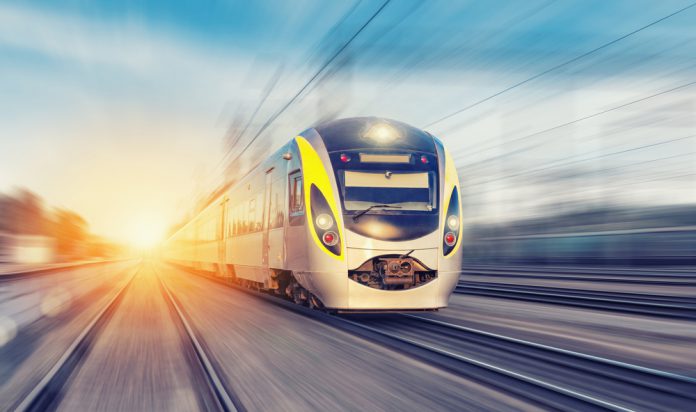Germany have become the first country to announce plans to introduce a zero-emissions train that generates its power from hydrogen.
The train, which has been named the ‘Coradia iLint’, emits only excess steam into the atmosphere, as opposed to the current preferred mode of diesel fuel for Germany’s 4,000 trains currently in circulation. The German region Lower Saxony has already placed orders for 14 of the trains from engineering company Alstom.
The vehicle operates using a hydrogen fuel tank that can be stored on the roof of the train carriage, and powers a fuel cells to produce electrical energy. The train’s only emission is that of steam and condensed water. Alongside minimal pollution, the train is also said to operate with a low level of noise.
In a statement, Alstom CEO Henri Poupart-Lafarge commented: “Alstom is proud to launch a breakthrough innovation in the field of clean transportation”.
“It shows our ability to work in close collaboration with our customers and develop a train in only two years”, he added.
The hydrogen-powered train is set to come into service on the Buxtehude-Bremervörde-Bremerhaven-Cuxhaven line in Lower Saxony in December 2017. According to Alstom, the trains will incorporate onboard hydrogen storage capacites to facilitate a 497-mile range. The trains will be able to reach top speeds of 87 mph. Alstom have said that the Coradia iLint has been based on their diesel train model, Coradia Lint 54, which has long been in operation.
The train was first pitched at the InnoTrans trade show back in August in Berlin, and it is set to mark the first hydrogen-powered train to regularly transport people across long distances. Following preliminary interest from Germany, other European nations such as Denmark, the Netherlands and Norway have also expressed desire to introduce the revolutionary trains into circulation.

